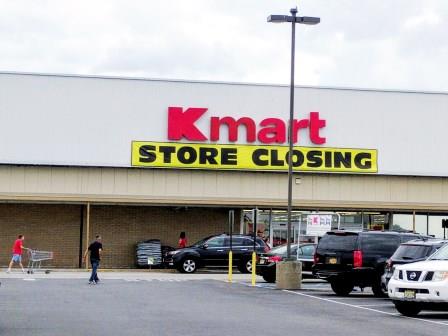
Updated! Public companies are required by law to list in their quarterly filings all the things that can conceivably go wrong with their businesses.
But buried deep inside Sears Holdings’ annual 10-K report, released yesterday, is an acknowledgement of the ultimate risk factor.
Way down on p. 48, after recounting efforts to stem its losses and generate liquidity, comes this chilling denouement:
“Our historical operating results indicate substantial doubt exists related to the company’s ability to continue as a going concern.”
Management goes on to say that recent actions, including a billion-dollar cost-saving consolidation; the sale of its Craftsman brand; additional store closings; and more loans from chairman and chief investor Eddie Lampert may stave off insolvency for another year.
But should those moves fall short it could trigger loan covenants requiring Sears to immediately pay down portions of its more than $4 billion in debt — which brings us back to its existential statement.
For most industry observers the 10-K declaration comes as an afterthought following more than a decade of steep declines. Indeed, back in 2004, when Lampert gathered the media to announce the surprise merger of Kmart and Sears, the first question came from TWICE’s late friend and contributor Brent Felgner. How, Felgner asked Lampert point blank, does one ailing retailer plus one ailing retailer not equal two ailing retailers?
Lampert responded at length, citing synergies, cost savings and economies of scale, but Felgner, along with the other business journalists and most of Wall Street, was unconvinced.
Now, 13 years and billions of lost dollars later, the creditors have come home to roost, possibly leaving Lowe’s, The Home Depot, Best Buy and the
to pick up the pieces.
Addendum:
Following a nearly 15-percent selloff in Sears shares,
chief financial officer Jason Hollar
took to the bully pulpit that is the
to walk back the end-of-the-line comment. His explanation: The statement merely followed SEC guidelines, even though the company was deemed a “going concern” by its independent auditor — meaning “we are a viable business that can meet its financial and other obligations for the foreseeable future.”













